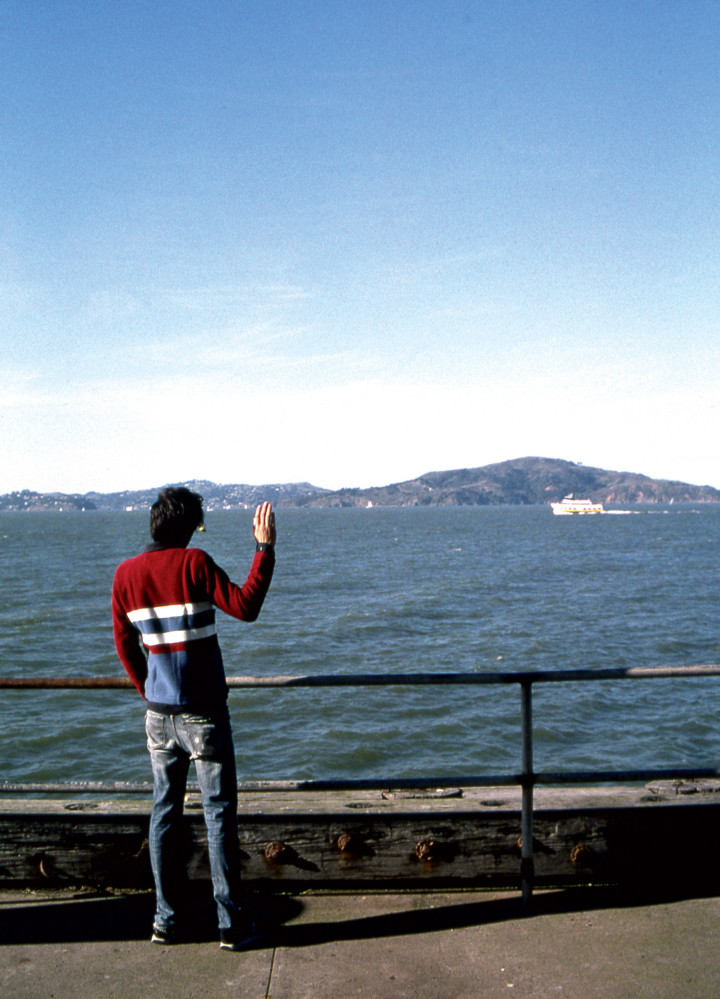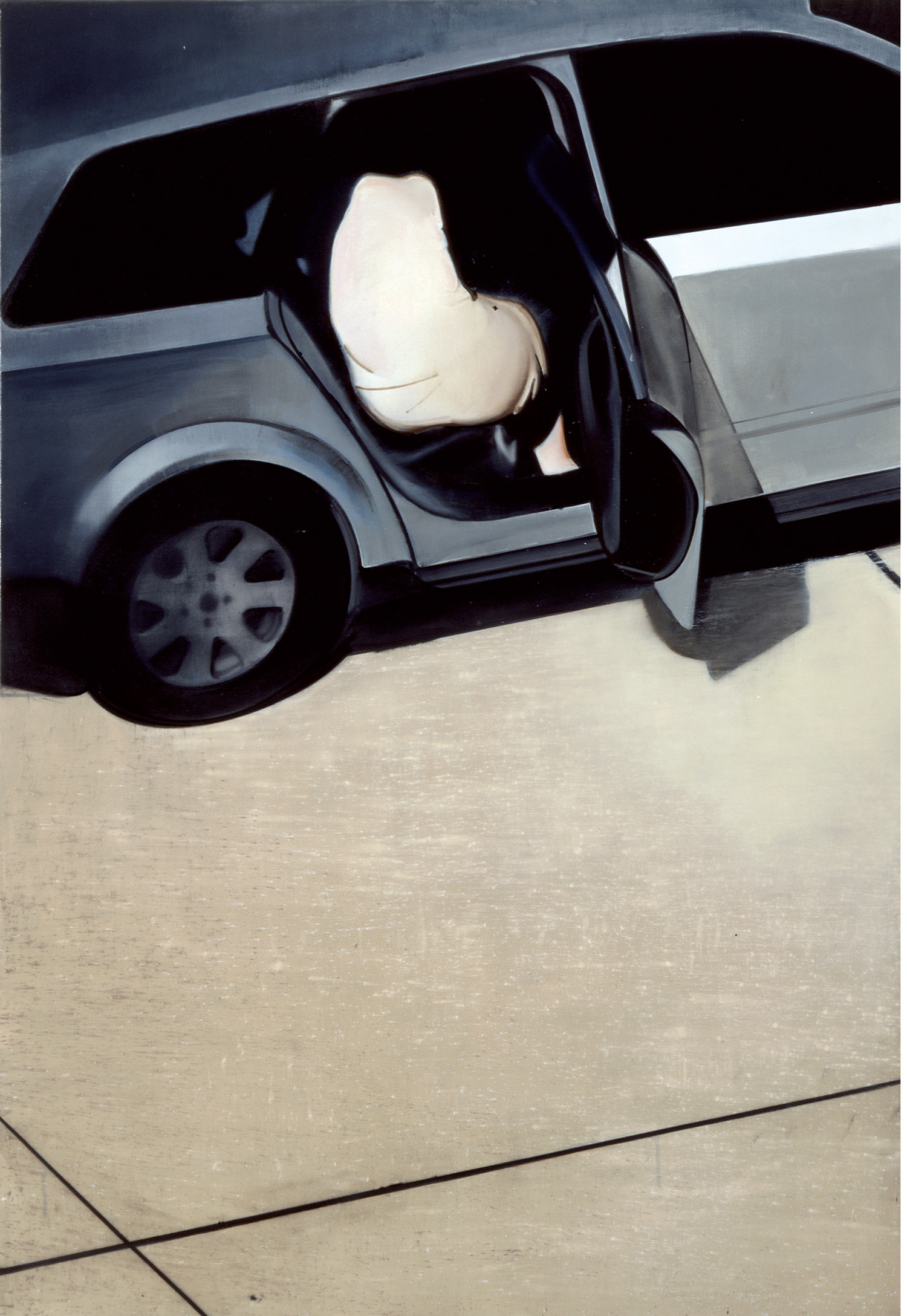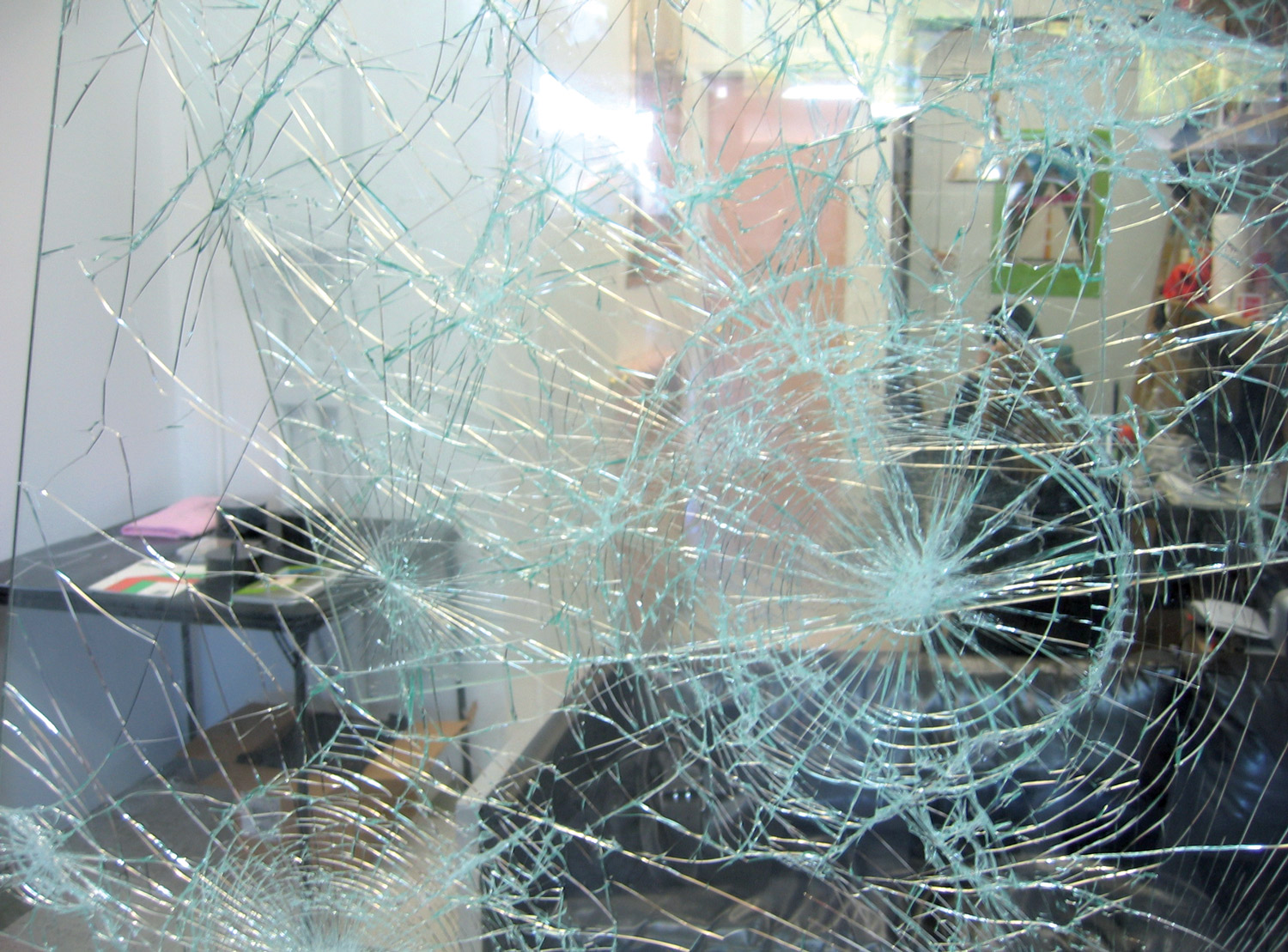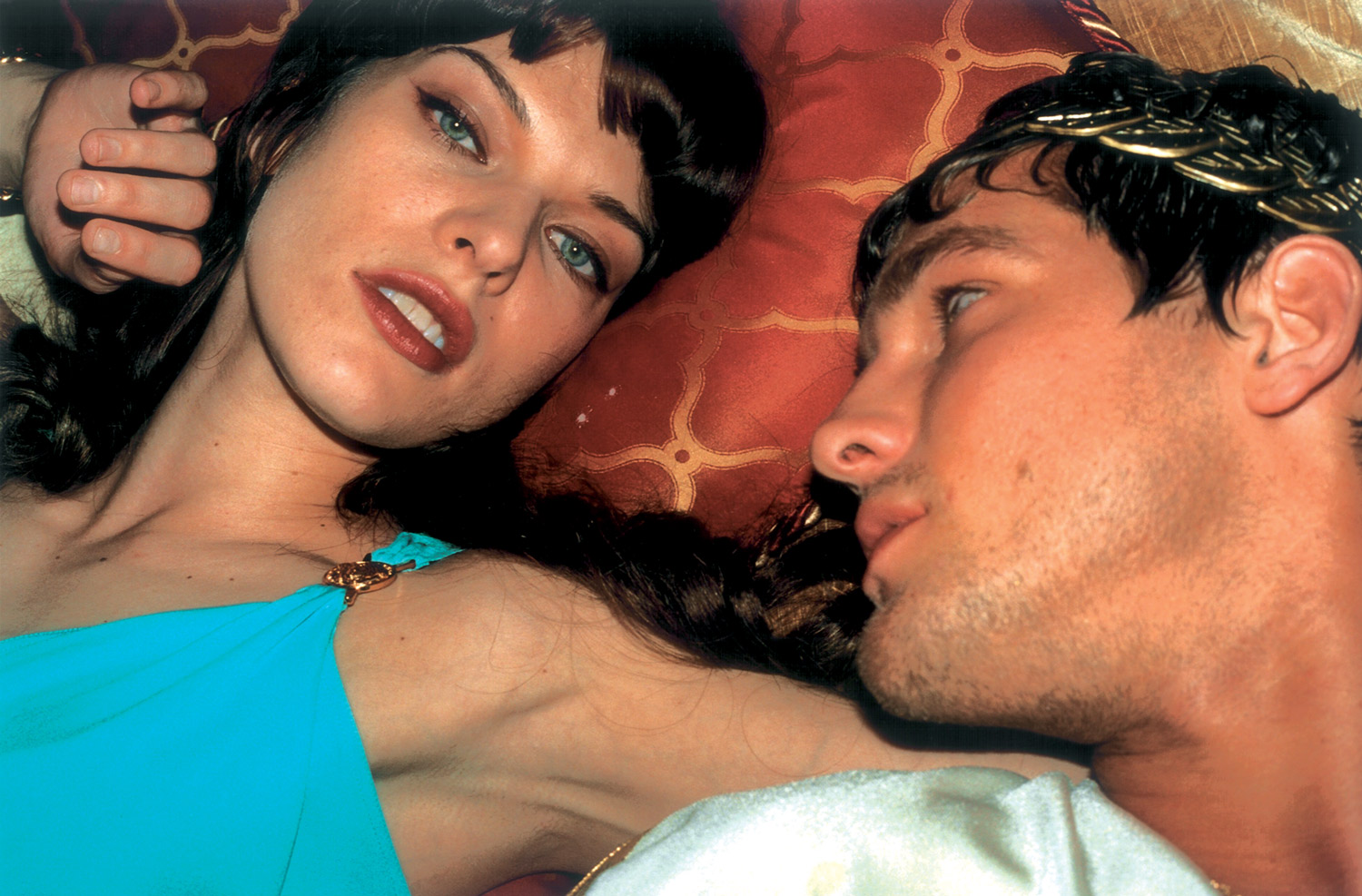
Mario Garcia Torres leads a project-based artistic practice that is strongly yet freely anchored in a conceptual filiation. In a similar vein to other artists of his generation like Andrea Fraser, Jonathan Monk or Tino Sehgal, look-alike variations are explored by Garcia Torres with distant irony.
From wearing Alighiero e Boetti’s hairstyle while running away from the camera in Shot of Grace with Alighiero Boetti Hairstyle (2004), to highlighting similarities between photos of drugs seized at the Mexican border and minimalist installations in Plans for America, he likes to point out what is “not necessarily meant to be viewed as art,” to quote a Mel Bochner title.
Rather than nostalgia, his use of old fashioned and low-tech media — such as slide-shows, 16mm projections, basic animations, printed interventions and performances — reveals a strategy of resistance towards spectacularization and corollary capitalistic trends. Indeed, Garcia Torres’ work induces as much a political statement as a reflection on art historical facts and mythic constructions. For instance One Minute to Act a Title: Kim Jong Il Favorite Movies (2005) is a charade-like film performance unveiling the current North Korean dictator’s favorite films. When he moved from Mexico to Los Angeles, the artist scouted out for places he already knew from Hollywood movies and conceptual art documents. Questioning the clichés of globalized cultural tourism, he also denounces directly the Guggenheim’s imperialist project to expand in the Guadalajara region in his film Carta Abierta a Dr. Atl (Open Letter to Dr. Atl) (2005) addressed to the 19th-century local landscape painter.
The posterity of non-object-based (and thus often temporary) work is at the core of his investigations. In 2002, Historical Reposition re-enacted a never-realized performance by Marcel Broodthaers and David Lamelas walking in Berlin. Later on, he invented a karaoke remake of Baldessari Sings Sol LeWitt, and resurrected recently, through a book, Christopher D’Arcangelo, a radical and unrecognized young artist who committed suicide in the late ’70s as an ultimate attempt to preserve himself from any concession. Garcia Torres reloads the past, but without any static neo-conservative stand. Rather, he stimulates, sometimes by chance, the dissemination of an immaterial legacy. He also renews a suspicious attitude towards the art system’s codes and market rules. A sculpture, never to be seen by the artist (…or by the patron) forbids any reproduction. The piece would otherwise be declared null and void. Dissimulation and rumor appear fundamental: Untitled (missing piece) only exists through its mention in a checklist. He also promises An animation that will be put together in the year 2014. Based on tacit trust and loyalty as well The Halifax Files’ excavates Robert Barry’s obscure Askevold piece from 1969, in which a secret was to be kept among classmates, but failed since it might have been recorded. Betraying Barry’s original will, Garcia Torres brings it back into the collective imagination.
According to Garcia Torres, “existing works are operational structures” to be reinvigorated, if not actualized, in other time and space contexts. The ongoing questions of authorship and copyright piracy appear, under his influence, more valid than ever — especially since he brilliantly proves that active memory and productive repetition can end up in such thrilling and personal scenarios.





